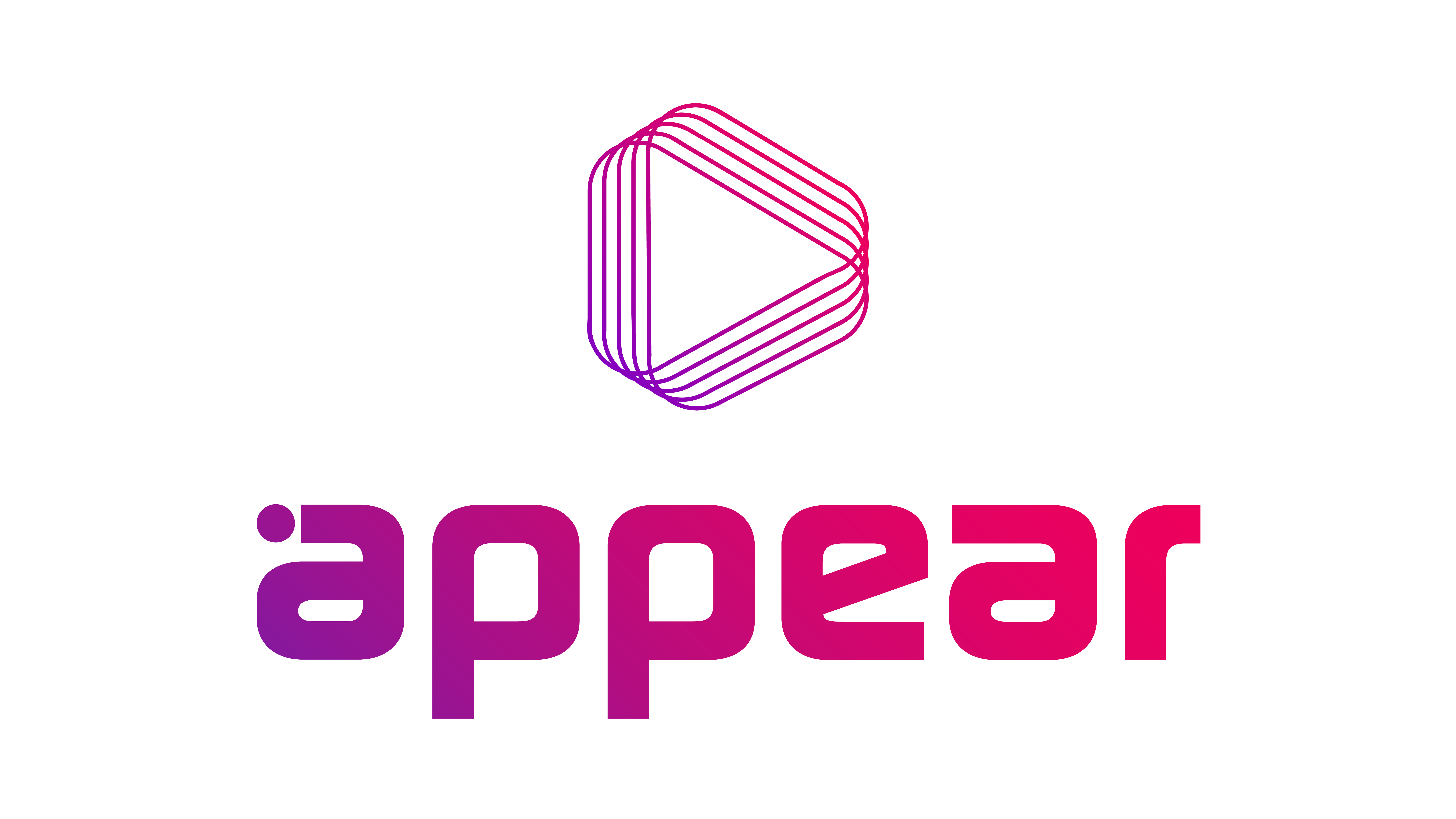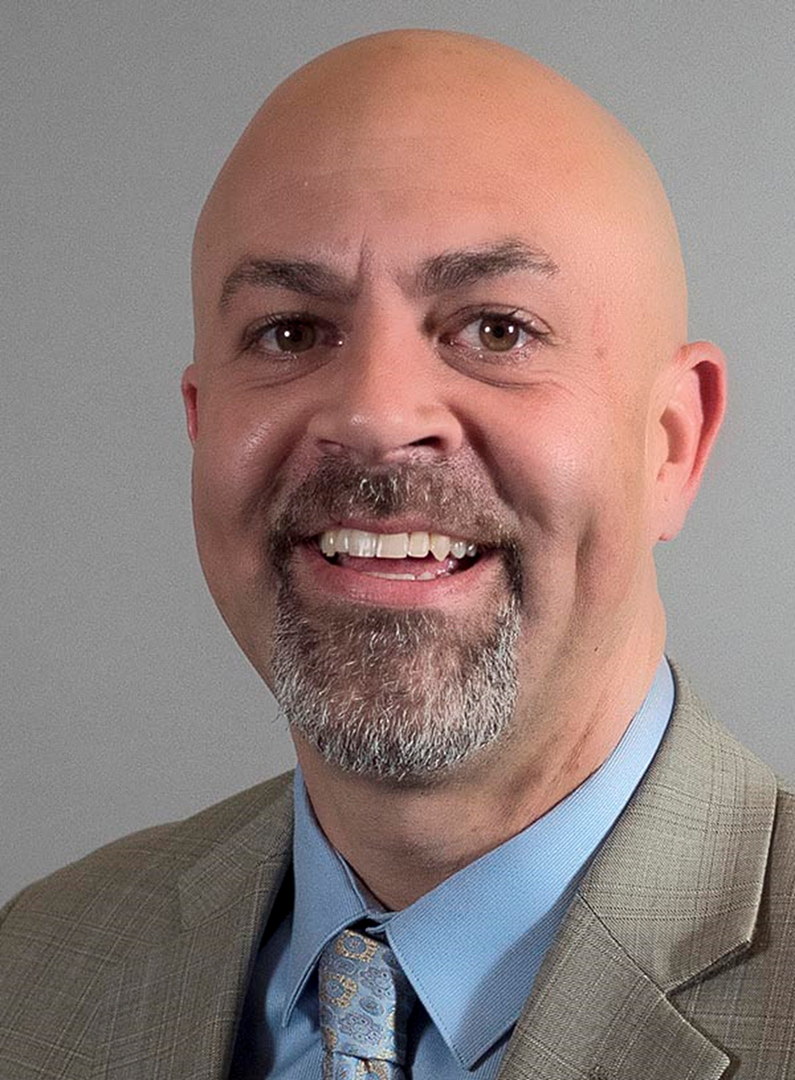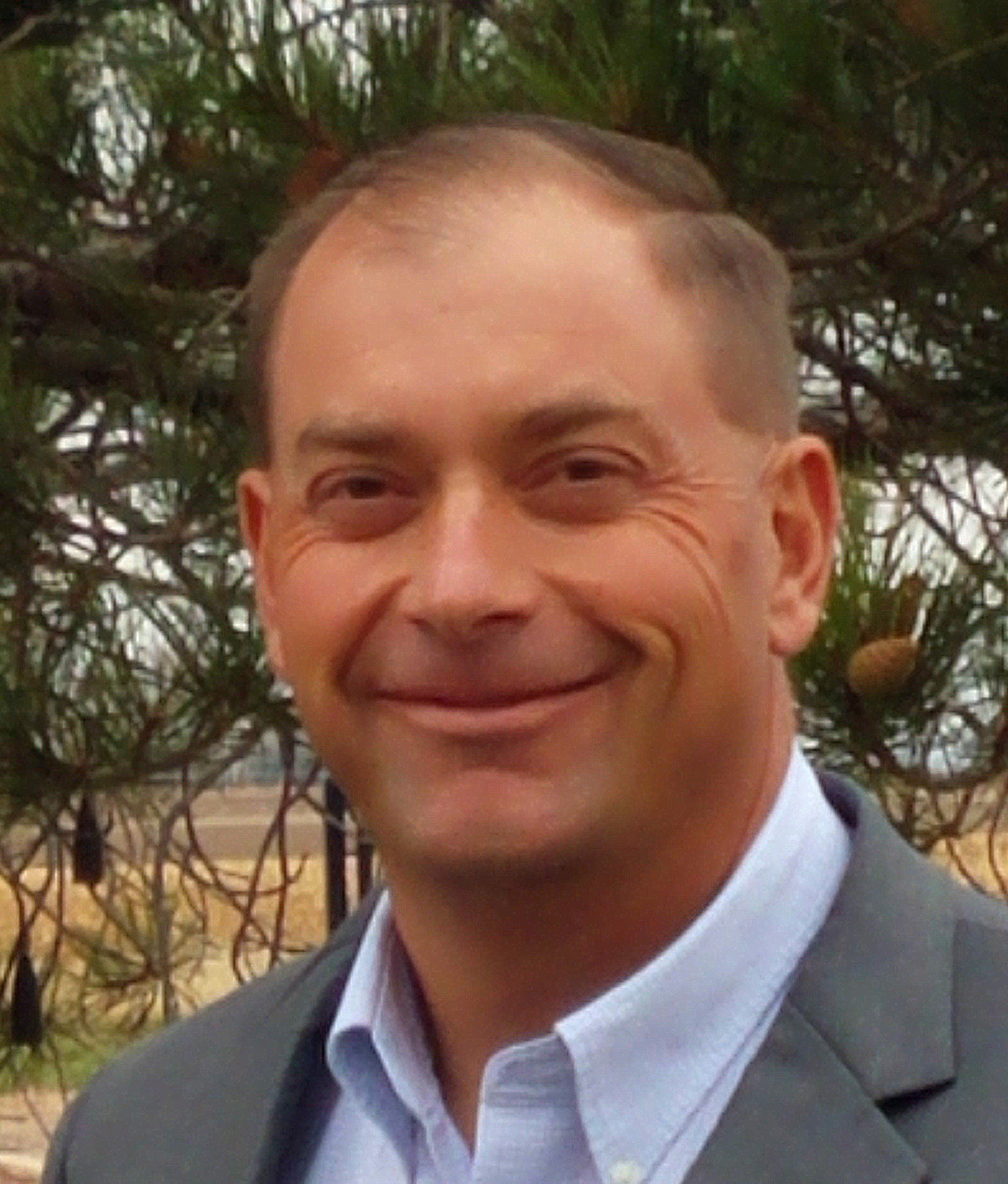
PALO ALTO, Calif.—A new player in the North American encoding market arrived last month with its eye set on sports contribution, network broadcasters, telcos, MSOs and direct-to-home service providers.
Appear, which traces its roots back to 2004 as a spinoff of Tandberg Television, has entered the North American market with four products: X Platform, a high-speed video networking, IP security and advanced compression solution; XC Platform, a modular head-end platform for IPTV and broadcast with support for acquisition, compression and stream processing; X10 DSNG: a digital satellite news gathering encoder-decoder and satellite up- and downlink in a single chassis; and NEO10, a software-based compression solution, says Ed McGivern, general manager.

The Oslo-based company, which has distributed its products in the U.S. since 2008 through Sencore under the DMG brand name, will continue to have a distribution relationship with Sencore but is also building direct distribution and has begun to build a North American sales, marketing and technology team, he says.
Coming to North America was motivated as much by evolving production workflows as it was by technology developments, says McGivern.
“The market segment in 2020 and 2021—with the advent of a lot of REMI remote productions and the building of SMPTE ST 2110 networks, as well as the migration to IP, cloud-based live production and playout technologies—[are areas where] we've really done a lot of work in Europe and in North America through Sencore,” he says.
The pandemic helped to drive adoption of REMI by many broadcasters and production companies to maintain the safety of workers who otherwise would have been in unacceptably close proximity to one another.
“REMI remote production technology has existed for years," McGivern said. "I think what some of the pandemic has proven to us is that operationally it can be done. Operationally, they were forced to be remote, which helped create demand for high-speed networks, dedicated private-line networks and then low latency contribution.”
The professional video industry's #1 source for news, trends and product and tech information. Sign up below.
This development helped create what McGivern calls “a pure growth opportunity” for Appear in North America. “The demand is there, the product suite is there and the market is really looking for a standards-based company that does best of breed for compression, codecs, ground-to-cloud, cloud-to-ground JPEG XS and low-latency, high-availability products,” he said.
At the moment, Appear is content to build its North American business on these products; however, the company has its eye on the adoption of ATSC 3.0 by broadcasters and the chance to meet their encoding needs, he says.
To date, Appear has conducted some encoding trials and tests in North America and is “keen to pounce on” 3.0 as TV broadcasting evolves and migrates to the new standard, says McGivern.
“We’re very close to that, and we’re looking at where that market segment is going to take our North American customers and viewership and will be ready to deploy a support platform for ATSC 3.0 as we move forward,” he says.

To date, Appear has assembled a North American team in Nevada, California and Minnesota. Mark Andrews has been named vice president of sales for North America. The company will make its first NAB Show appearance since announcing its North American operations this April (23-27) in Las Vegas.
At the show, the company will debut its new NEO20, a plug-and-play solution offering accelerated HEVC transcoding simultaneously with AVC transcoding, which simplifies server deployment and operations.
The NEO20 can receive MPEG TS IP RTP/UDP and SRT streams and deliver both MPEG TS IP RTP/UDP output and most common HTTP push formats. It also can transmit streams in SRT format.
See Appear at NAB Show booth W8917.
More information is available on the company’s website.
Phil Kurz is a contributing editor to TV Tech. He has written about TV and video technology for more than 30 years and served as editor of three leading industry magazines. He earned a Bachelor of Journalism and a Master’s Degree in Journalism from the University of Missouri-Columbia School of Journalism.

